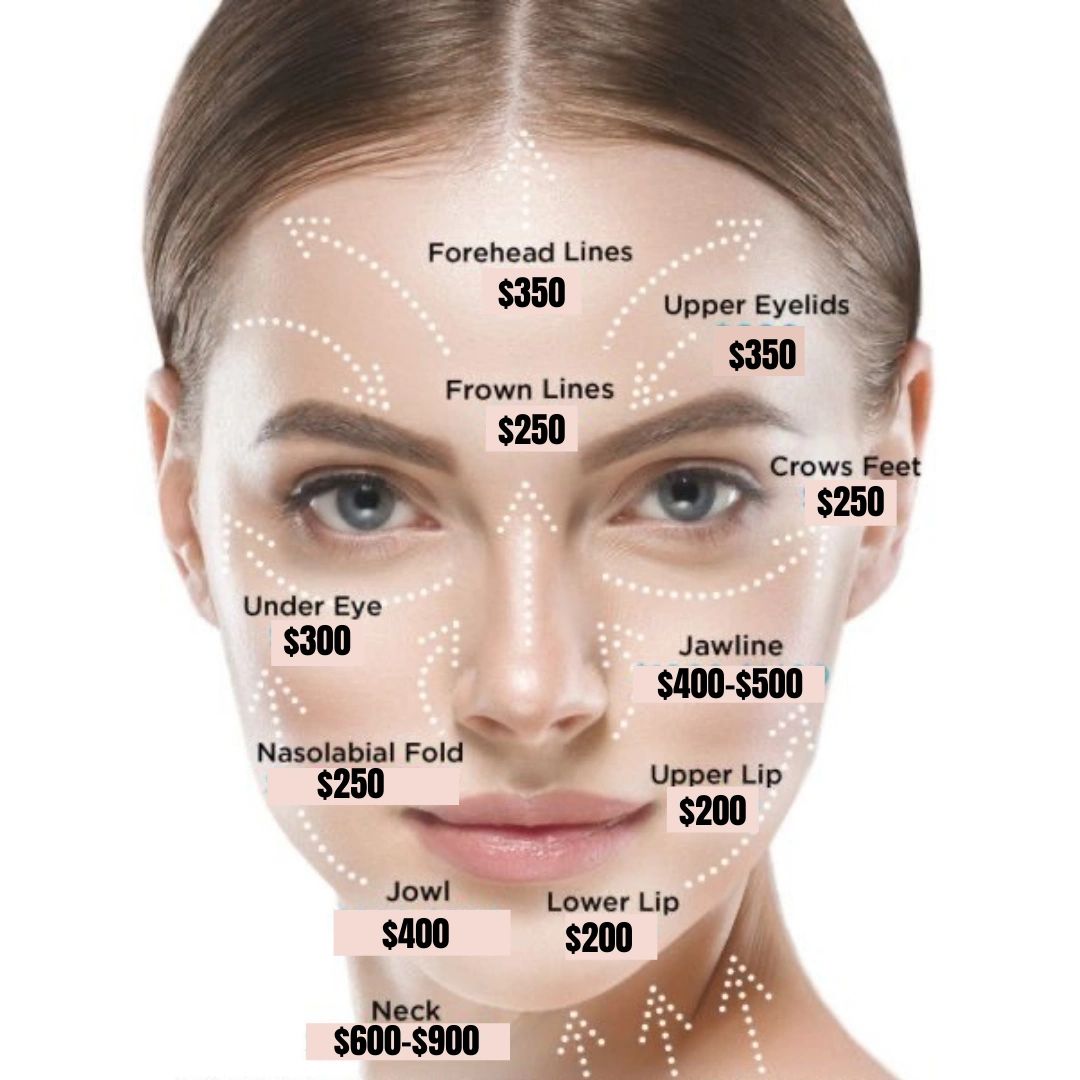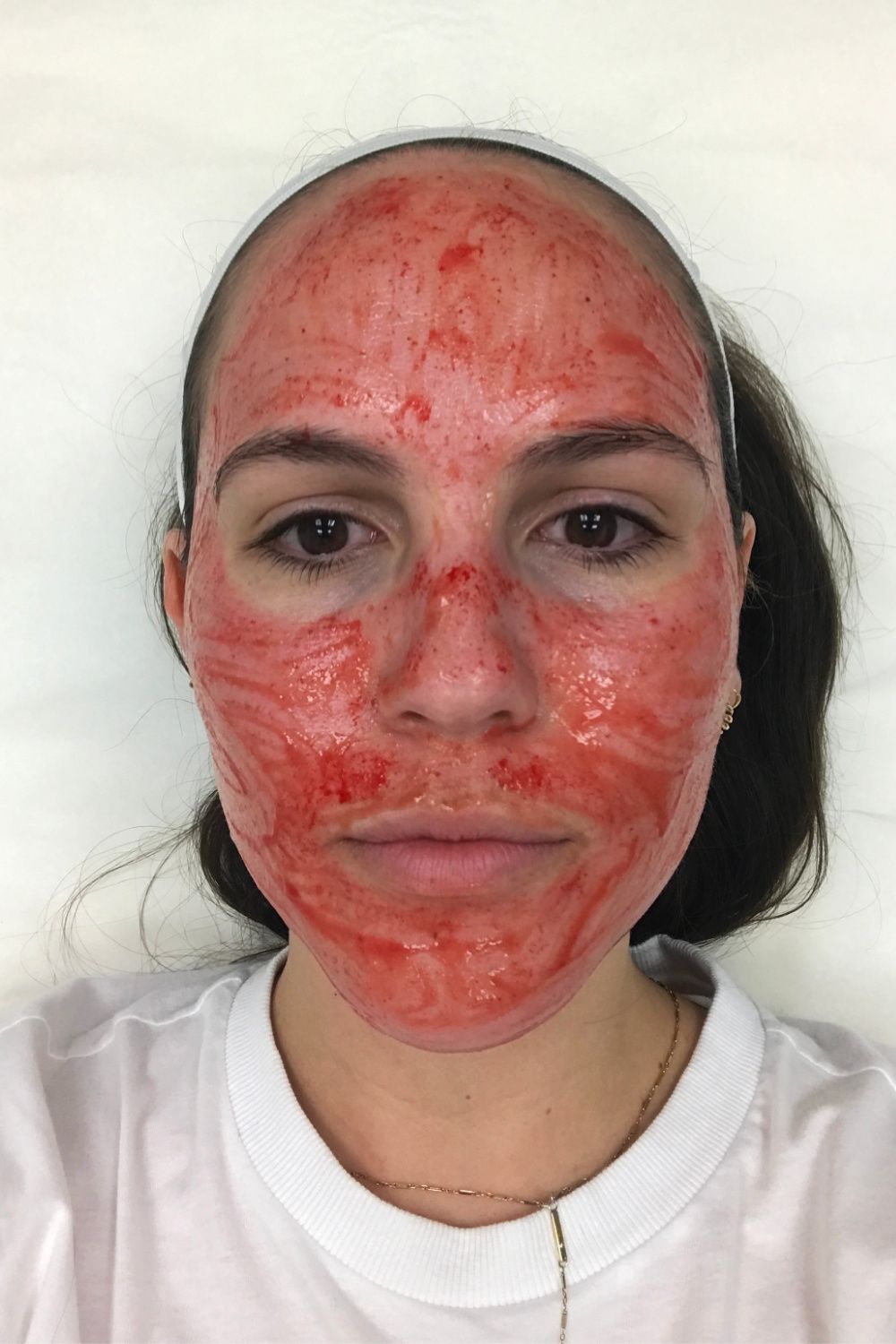
Despite the fact that cholesterol deposits in eyes are not harmful, they can cause discomfort and can grow in size over time. They are not harmful and do not need to be removed. Dyslipidemia is a condition in which too many lipids are in the blood. This is what most patients who have cholesterol deposits around their eyes have. Learn more about this condition and how you can treat it yourself. Here are the steps to take if you notice that you have cholesterol deposits around your eyelids.
Dyslipidemia leads to xanthelasma
Dyslipidemia is a condition that causes xanthelasma to the eye. It occurs when the blood contains too much fatty substances (lipids). Dyslipidemia means high blood levels (good or bad cholesterol) and HDL (good cholesterol). High blood cholesterol is common in people with xanthelasma. High cholesterol levels can make them more susceptible to inflammation and other issues.

Xanthelasma of the eyes refers to a condition when abnormal fat deposits are found in the eyelids. It can happen in people who have primary or secondary hyperlipemia. The appearance of yellowish plaques at the inner eyelids is the most common sign. It is usually seen in young people, but it can happen to anyone. If you suspect that you have xanthelasma of the eye, you should consult your doctor immediately.
Lipoprotein deposits in eyes
The formation of lipoproteins in the eyes is a result of a number of processes. These lipids accumulate on the cornea, causing NV, opacification, decreases in vision acuity, and NV. Second, they are formed when the underlying cellular structure is damaged and cannot properly function. These conditions can be slow-progressing and may be caused by many factors. There are two main types of LK: idiopathic, which develops spontaneously, and secondary, which results from other conditions. Both cases of lipid deposition are secondary to the underlying disease. Third, lipid deposits can be caused due to previous ocular trauma or diseases.
The most common type of ocular lipid deposition is corneal arcus, which is caused by the deposition of phospholipid and cholesterol into the peripheral cornea. While it is thought that it is a natural part aging, it may also indicate hyperlipidemia. A medical professional should examine it to determine if it's the reason for your eye condition.
Lipoprotein deposits can lead to atherosclerosis
An accumulation of cholesterol in blood vessels makes them narrower and harder to work with. Hardening these vessels is bad for your health because they are malleable and flexible. The accumulation of cholesterol in the eyes is usually most common in people with a condition known as dyslipidemia, or too much lipid in the bloodstream. Eye deposits that develop before 40 years of age should be checked by a doctor.

Atherosclerosis can be preceded by an inflammatory response due to fat deposits in the eyes. When a person is not active, lipids build up in their bloodstream. As a result, xanthelasma can develop around the eyes, which can lead atherosclerosis. Although there are many reasons for xanthelasma it is most commonly genetic. This condition can be caused if there are genetic conditions that increase bloodstream lipid levels. Cholesterol is generally obtained from meats and dairy products. Cholesterol is necessary for the body's ability to make cell membranes, hormones, and assist in the digestion of fats.